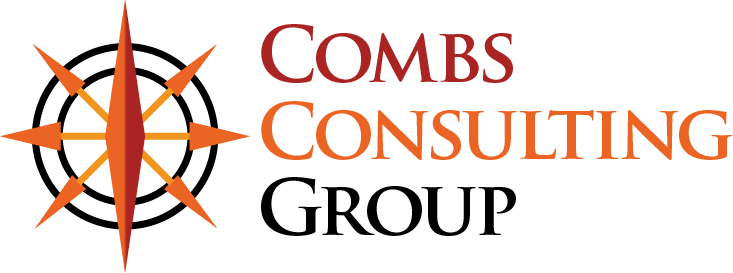Diversity in the workplace is part of the formula for success, especially when it involves bringing people together who come from different backgrounds and have unique talents. Your professional environment roots in teamwork and resilience when you hire people with diverse abilities, ideas, and skills.
Your focus on building from diversity, however, must also involve another important piece to solidify the success of your team, and that is your accommodation to different learning styles.
As you recognize and adapt training materials and management approach to diverse learning styles in your workplace, you holistically communicate and encourage achievement with each type of learner in your team. You encourage reciprocal appreciation and respect and build your foundation upon each distinctive skill and background, despite diverse learning styles.
How to Accommodate Diverse Learning Styles in the Workplace
Learning styles are unique, yet most center around four common types in the workplace: speech and visual-based, visual and independent learning, auditory and verbal learning, and hands-on learning.
Here are practical ways to accommodate each type of learning style in the workplace:
Speech and Visual-based Learning
Speech and visual-based learners, which may comprise half of your staff, thrive on visual materials, such as, charts, graphs, video, images, or a written outline, combined with speech.
Visual-based learners are readers. They often want to learn by reading, yet, they want to hear it being said. They may question or distrust what is said if it is not backed up in writing.
Make sure your written materials cover all major points and details and verbally touch on the specifics in training and meetings.
This type of learner loves to take notes. They can be a great resource if you ever need help with recalling a point from a meeting. This learner may be more than happy to share their detailed notes with you.
Visual and Independent Learning
The visual and independent learner thrives on learning while alone in a non-verbal quiet space.
Independent learners can become frustrated by too much noise in their space as they put their heads into learning and working.
They typically have difficulty processing information when they attend back-to-back meetings and often avoid situations that resemble long lectures with loads of information to sort out.
Visual and independent learners will step away from a meeting with the awareness that they need time to think and will give feedback and offer solutions to problems later once they quietly process the information.
This worker flourishes in much detail while in a quiet environment. This type of learner typically feels right at home in a remote or online offsite position.
Help them to succeed by making yourself available to answer questions should the need arise. Encourage the worker that you welcome their feedback after they process information following a meeting.
Auditory and Verbal Learning
The auditory and verbal learner does best when a discussion is part of the process. They listen and take great notes but absorb as they partake in back-and-forth dialogue and learn from shared experience.
Meetings that allow either open or planned discussion time or questions are well-suited for a verbal learner.
Auditory learners tend to thrive on meeting availability with discussions about topics or thoughts. One of their favorite ways to learn and discuss ideas prompts a frequent question, “Hey, can you meet with me?” This type of learner does better with discussion, rather than writing and reading long emails.
Auditory learners usually work better with noise in the background, however, because they are tuned into verbalizing, they can be easily distracted. Consider suggesting earphones so the worker can listen to music while studying new materials or while working through the day.
Hands-on Learning
About 5% of the population are learners that do best by doing. You may see this learner type shifting around in their seat or looking bored while listening to a speaker or watching a video.
Hands-on learners pick up on new materials and set their pace through trial and error.
The best laid-out management plan for a hands-on learner is to make sure they know the major points before they dig in on their own.
Meetings should be a management requirement for all and not exclude the hands-on learner. Consider encouraging ways to break the sense of monotony that accompanies sitting and listening by asking the worker to take part in the meeting, such as leading a demonstration, distributing handouts, or taking notes on a whiteboard.
Diverse Learning Accommodations in the Workplace is Do-able!
It may be a challenge to accommodate learners that thrive diversely on a mix of written materials, speech, joining the discussion, or through working on their own, but it is possible to arrange workplace training and management so that it supports many types of learning styles.
It is worth your time to empower your workforce around the various learning needs that exist within your business and tweaking as your business grows and evolves. This is where diversity meets success, and it is in your favor!
We can help you create a culture where employees thrive and are engaged while contributing to your business’s financial success. Learn more about our human resources services and creating a culture where employees enjoy coming to work.
